The 2023 NBA All-Star reserves will be officially announced on Thursday night during TNT’s broadcast prior to the tip-off of the Grizzlies/Cavaliers game.
As Tim Reynolds of The Associated Press writes, there will likely be plenty of players left disappointed once the announcements are made, given that there have been more All-Star caliber performances this season than there are spots on the All-Star rosters.
In the Eastern Conference, Sixers center Joel Embiid is a lock to be an All-Star reserve after missing out on a starting five that features Giannis Antetokounmpo, Kevin Durant, Jayson Tatum, Donovan Mitchell, and Kyrie Irving, and Celtics wing Jaylen Brown is probably a safe bet to join him.
That leaves five spots up for grabs for a group that includes Heat teammates Bam Adebayo and Jimmy Butler, Knicks teammates Julius Randle and Jalen Brunson, Pacers guard Tyrese Haliburton, Sixers guard James Harden, Raptors forward Pascal Siakam, Bulls forward DeMar DeRozan, and Bucks guard Jrue Holiday.
At least four of those players will miss the cut, and that’s before we even get to other worthy All-Star contenders like Hawks guard Trae Young, Cavaliers guard Darius Garland, and Bulls guard Zach LaVine.
In the West, where LeBron James, Nikola Jokic, Zion Williamson, Luka Doncic, and Stephen Curry are starters, a handful of would-be All-Stars may not have played enough games to earn a spot on the team.
The coaches who voted on reserves will have had to decide whether high-level performances by the likes of Suns guard Devin Booker (29 games), Lakers big man Anthony Davis (28 games), Clippers forward Kawhi Leonard (28 games) outweigh the fact that they’ve been unavailable for significant chunks of the season.
Thunder guard Shai Gilgeous-Alexander, Grizzlies guard Ja Morant, Trail Blazers guard Damian Lillard, Kings center Domantas Sabonis, and Jazz forward Lauri Markkanen are probably the best bets to be named Western Conference reserves. If they all make it, that would leave two spots open.
Voters who believe Booker, Davis, and Leonard haven’t played enough may lean toward Leonard’s Clippers teammate Paul George, Sabonis’ Kings teammate De’Aaron Fox, Nuggets forward Aaron Gordon, Timberwolves guard Anthony Edwards, or Pelicans guard CJ McCollum, among others.
Of course, injuries could open up more All-Star spots beyond the standard 12 in each conference. It remains to be seen whether Durant and Williamson will be able to play in Salt Lake City, and it’s possible more players will have their availability compromised in the next couple weeks. But picking this year’s initial 24 All-Stars is no easy feat.
We want to know what you think. Which seven players in each conference would you select as your All-Star reserves now that the starters have been locked in? Which players are the most difficult omissions?
Head to the comment section below to weigh in with your picks!
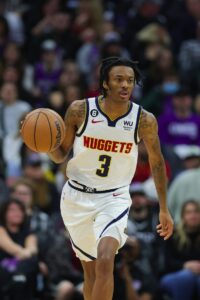 2022/23: $2.2MM
2022/23: $2.2MM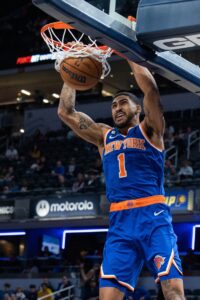 2022/23: $5.35MM
2022/23: $5.35MM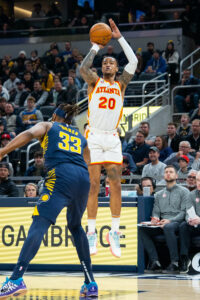 In just the past two weeks, the Pelicans, Rockets, Jazz, Heat and Wizards have been mentioned as potential destinations for Collins.
In just the past two weeks, the Pelicans, Rockets, Jazz, Heat and Wizards have been mentioned as potential destinations for Collins.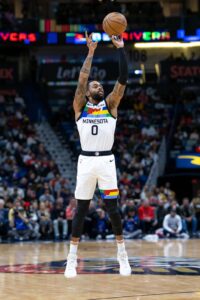 Like many players on Minnesota’s roster, Russell had a slow start to the season, averaging 14.4 PPG, 3.4 RPG, 6.7 APG and 1.3 SPG on a sub-optimal .425/.318/.759 shooting line (53.1 true shooting percentage) through the end of November (
Like many players on Minnesota’s roster, Russell had a slow start to the season, averaging 14.4 PPG, 3.4 RPG, 6.7 APG and 1.3 SPG on a sub-optimal .425/.318/.759 shooting line (53.1 true shooting percentage) through the end of November (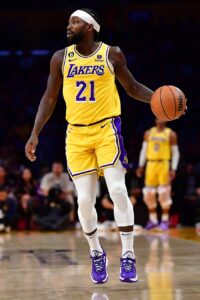 As is the case with Russell, it’s been a tale of two halves for Beverley. Through
As is the case with Russell, it’s been a tale of two halves for Beverley. Through 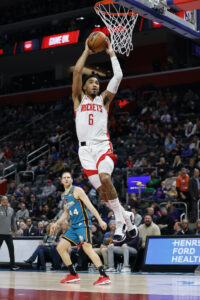 What does that mean in practical terms? Let’s use Rockets forward
What does that mean in practical terms? Let’s use Rockets forward 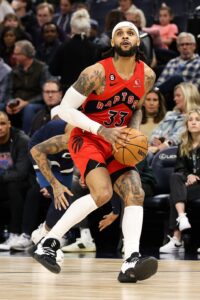 Salary: $17.5MM in 2022/23, $18.8MM player option in ‘23/24
Salary: $17.5MM in 2022/23, $18.8MM player option in ‘23/24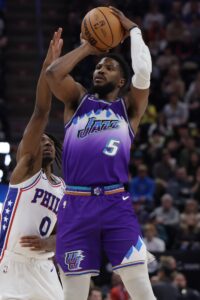 Beasley is only 26 years old, so there’s plenty of time for him to develop other parts of his game, but to this point in his career he has mostly been a high-volume shooting specialist. Nearly 70% of his field goal attempts have come from behind the arc in ‘22/23, and while he has been in a major slump in January (30.7%) to drop his season-long average to 35.9%, he is still a player who must be accounted for at all times (his career mark is 38.1%).
Beasley is only 26 years old, so there’s plenty of time for him to develop other parts of his game, but to this point in his career he has mostly been a high-volume shooting specialist. Nearly 70% of his field goal attempts have come from behind the arc in ‘22/23, and while he has been in a major slump in January (30.7%) to drop his season-long average to 35.9%, he is still a player who must be accounted for at all times (his career mark is 38.1%).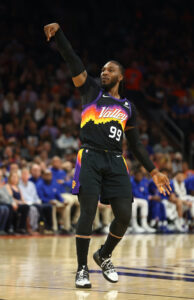 Crowder has been sitting out this season while awaiting a trade. We’ve seen veteran players in similar situations in recent seasons but this one has a twist. Normally, they’re stuck on a rebuilding team and awaiting a trade to a contender instead of languishing on the bench behind young players earmarked for developmental minutes — think
Crowder has been sitting out this season while awaiting a trade. We’ve seen veteran players in similar situations in recent seasons but this one has a twist. Normally, they’re stuck on a rebuilding team and awaiting a trade to a contender instead of languishing on the bench behind young players earmarked for developmental minutes — think 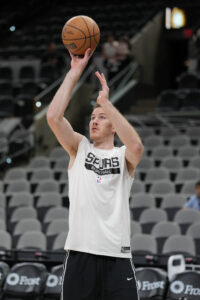 Salary: $9.4MM
Salary: $9.4MM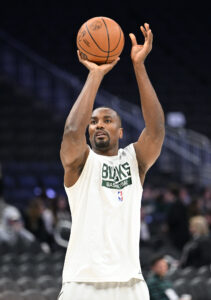 Salary: Veteran’s minimum
Salary: Veteran’s minimum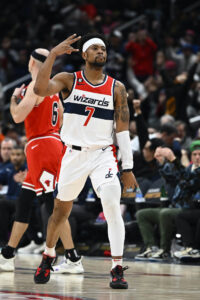 Multiple reporters, including
Multiple reporters, including